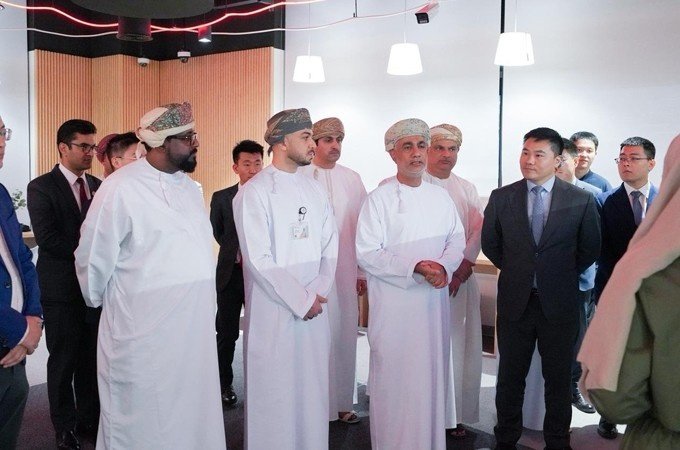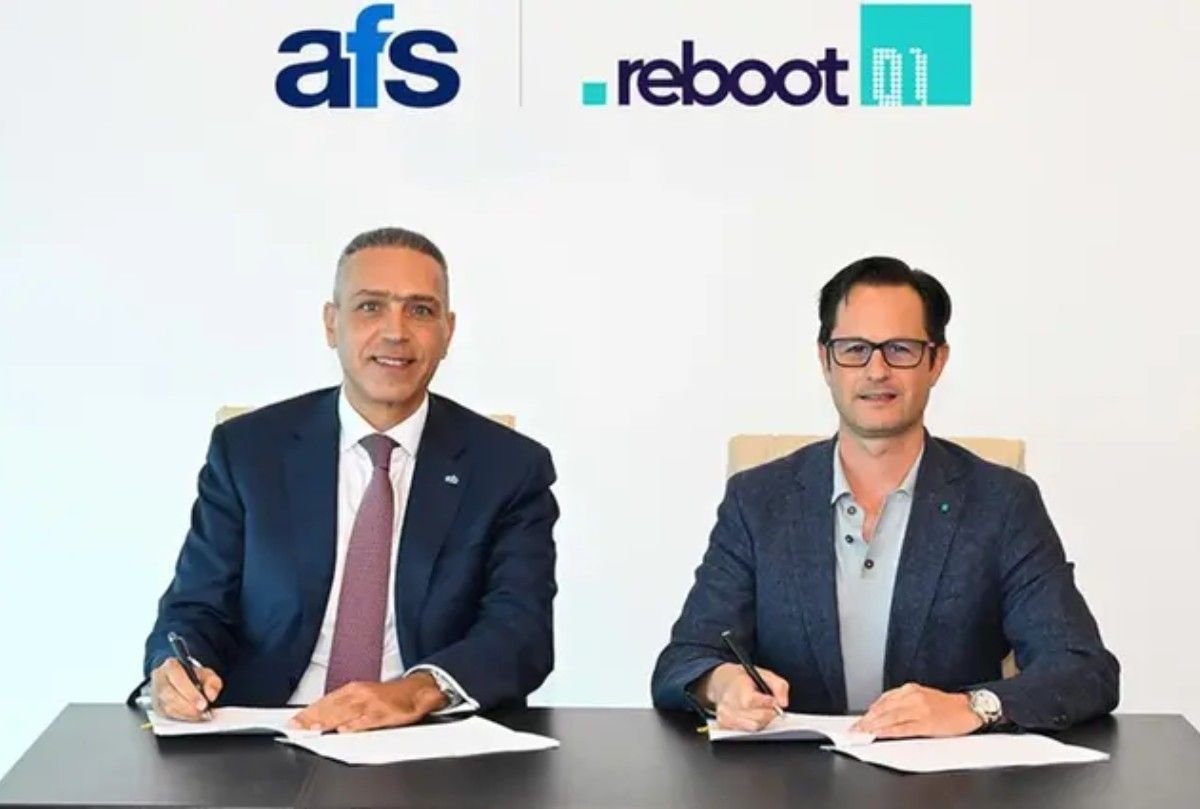Africa’s digital transformation is accelerating, but for landlocked nations, access to international internet capacity remains a critical challenge. On June 18, 2025, Chad and Niger began discussions to establish a fiber optic interconnection under the Trans-Saharan Fiber Optic Backbone (TSR) project, aiming to overcome digital isolation by connecting to submarine cables via neighboring coastal states.
For countries without direct access to undersea cables—such as Chad, Niger, and 14 others across the continent—international connectivity depends on cross-border fiber corridors and agreements with coastal neighbors. Submarine cables carry over 95% of global internet traffic, offering abundant bandwidth, low latency, and lower costs compared to satellites. Their importance has driven massive investments in Africa, with systems like WACS, ACE, EASSy, Equiano, and 2Africa expanding access along coastal landing sites.
Chad currently relies on a single connection with Cameroon, as its link with Sudan was cut due to instability. It is now pursuing redundancy through partnerships with Libya, Algeria, Nigeria, and even Egypt, which is among Africa’s most connected nations with 15 submarine cables and seven more due by 2027. Niger, facing similar constraints, views the TSR as key to unlocking affordable, resilient connectivity.
Other landlocked countries are following the same path. In July 2024, Mali signed a fiber-sharing deal with Guinea, gaining access to the ACE cable. Such arrangements reduce costs and secure international communications by creating redundancy. However, challenges remain: high transit costs imposed by intermediary countries, fragile terrestrial infrastructure, and the risk of outages linked to political instability—as seen with Sudan and Cameroon.
Alternatives are also emerging. Satellite services from Starlink, OneWeb, SES, and Eutelsat are becoming viable options to supplement terrestrial networks, while local Internet Exchange Points (IXPs) and data centers help reduce latency and keep traffic within national borders. Together, these strategies are reshaping Africa’s connectivity landscape, ensuring that digital inclusion extends beyond the coasts into the heart of the continent.















